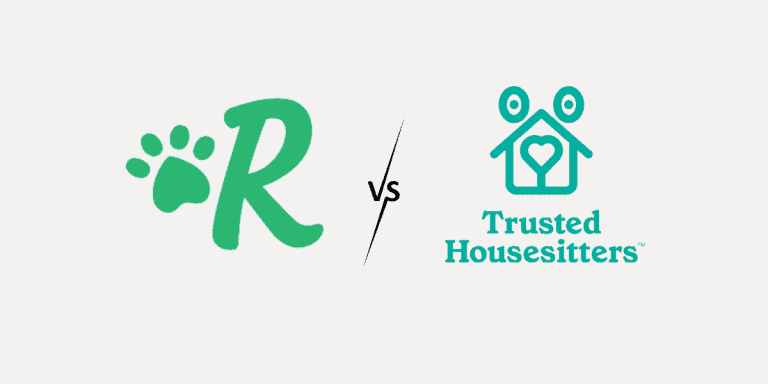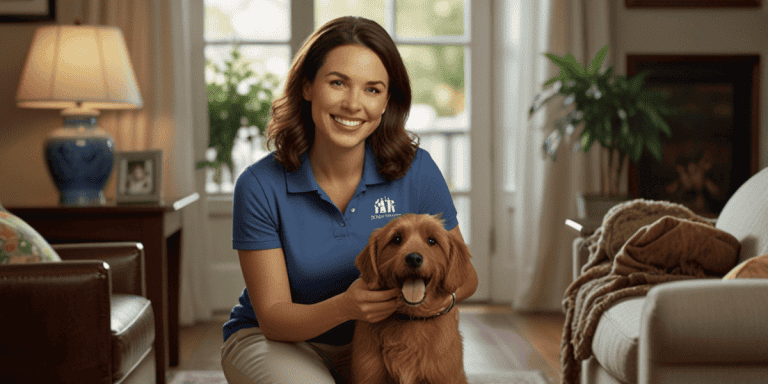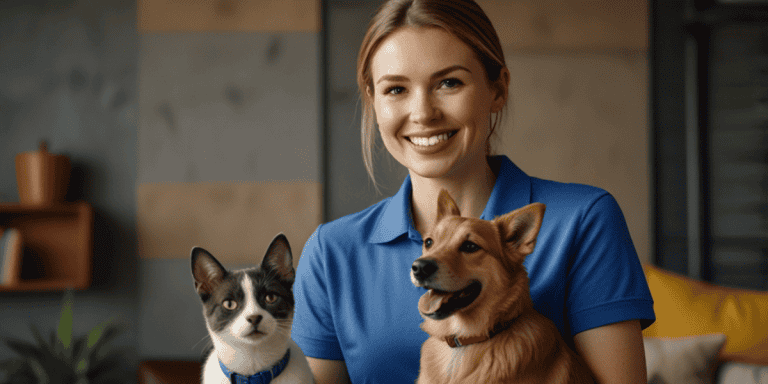Pet Personalities: The Essential Guide
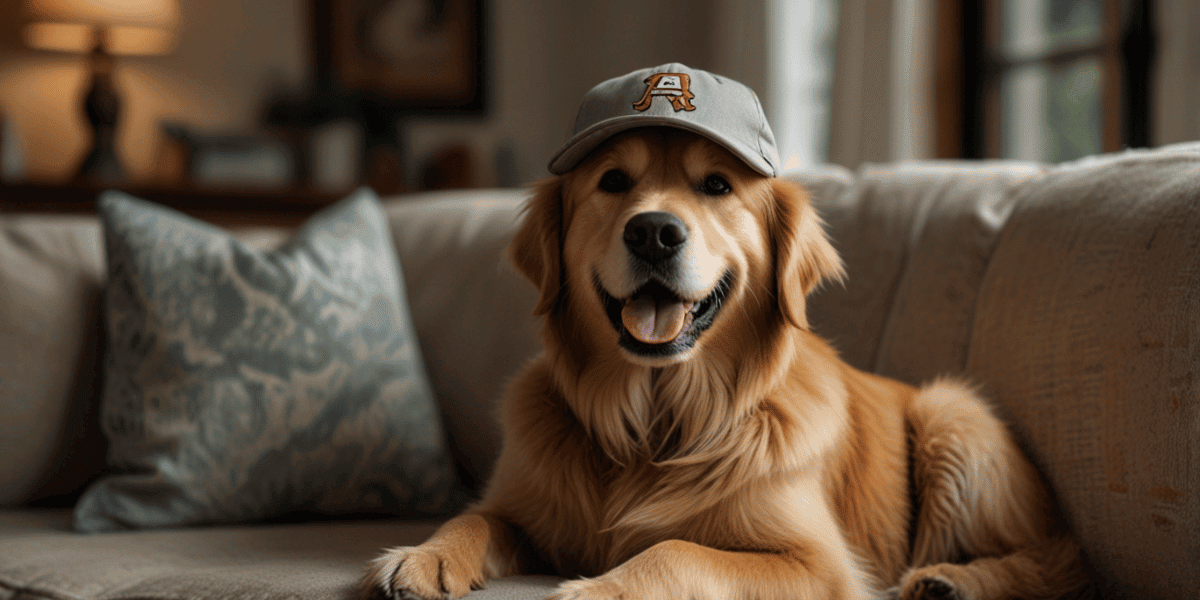
Have you ever cracked a joke with a group people that’s gone down well, only to try out the same joke with others and have it go down like a lead balloon? Not everyone has the same taste. The same goes for animals.
This guide is designed to help you decode the subtle signs, behaviours and preferences of different pets, making you a go-to pet sitter in your area.
I’ll discuss common personalities you might encounter in dogs, cats, and small pets. You’ll learn how to read pet body language, adapt your approach for different personality types, and even handle some of the more challenging behaviours you might come across.
Want to know more about the ins and outs of pet sitting in general? Check out this ultimate guide!
Why Understanding Pet Personalities is Important
Pet sitting isn’t just about keeping the animals in your care alive (though that’s important too!). It’s about making sure they’re happy, comfortable, and maybe even having fun while their humans are away.
Just like humans, pets have their own unique personalities, likes, dislikes and quirks. Understanding these characteristics will help you tailor your care to suit each pet that comes into your care.
Why You Should Know What Makes Your Furry Friend Tick
Understanding pet personalities doesn’t just make the pet’s life better – it makes your job as a pet sitter so much easier.
Here’s why:
Firstly, it helps you build trust with the pet owners. When you can tell them exactly how their fur baby behaved, using terms they recognise, they know you’ve really paid attention. I look after a dog who loves to shred her toys in a very specific way. ‘Dissecting’ is an instinct for her breed, so I got a toy for her that lets her do this without ruining all her teddys. When I showed this to the owners, they were delighted and bought the same thing!
Secondly, it allows you to tailor your care to each pet’s needs. Some dogs need loads of exercise, while others prefer a gentle stroll and lots of cuddle time. Cats can be even trickier – some want constant attention, others will only grace you with their presence at mealtimes.
Understanding pet personalities also helps you stay safe. I learned this the hard way with a cat named Socks. I didn’t realise he didn’t like his belly touched until, well… let’s just say I still have the scratch marks to prove it. Now, I always ask owners about their pets’ likes and dislikes before I start a job.
Lastly, understanding pet personalities can help you spot when something’s not right. Pets can’t tell us when they’re feeling under the weather, but changes in their usual behaviour can be a big clue. If a normally playful pup suddenly becomes lethargic or a usually aloof cat starts seeking lots of attention, it might be time to check in with the owner or a vet.
Common Dog Personalities and How to Handle Them
As a pet sitter, you’ll encounter all sorts of doggy personalities.
Here’s a guide to help you navigate the most common ones:
The Energetic Explorer
You know the type – they’re always on the go, sniffing everything in sight, and ready for their next adventure. These dogs are a blast, but they can be a handful if you’re unprepared.
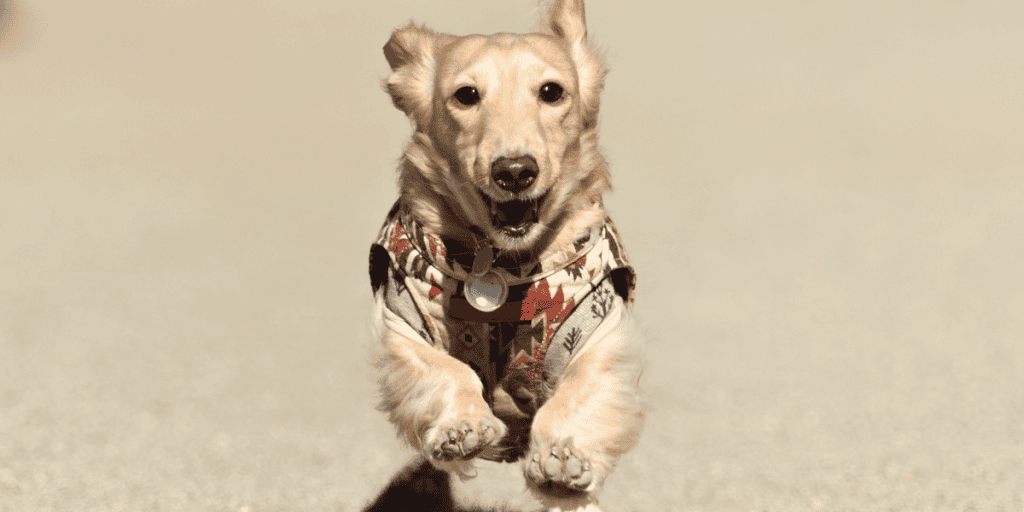
Handling tips:
- Plan long walks: These pups need lots of exercise. Aim for at least an hour of active time per day.
- Bring plenty of toys: Rotating through different toys can help keep them engaged.
- Use puzzle feeders: Mental stimulation is just as important as physical exercise for these clever canines.
I once looked after a Border Collie named Zip. True to his name, he was always zipping about. I found that a mix of fetch, training exercises, and hide-and-seek games kept him happy and tired him out nicely.
The Anxious Pup
These sensitive souls can be a challenge. When they’re feeling scared or overwhelmed, they might tremble, hide, or even show signs of aggression.
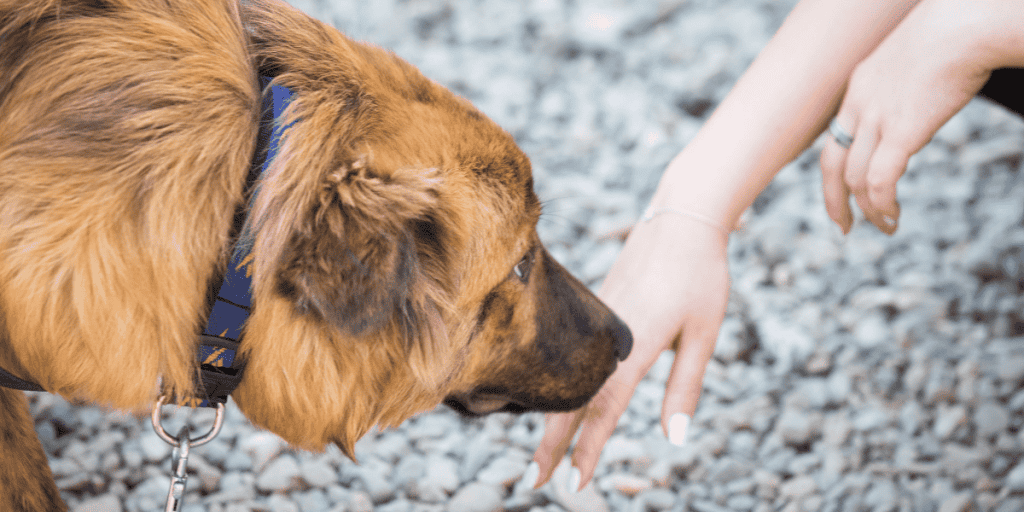
Handling tips:
- Create a safe space: Set up a quiet area where they can retreat when feeling overwhelmed.
- Use calming techniques: Soft music, ThunderShirts, or pheromone diffusers can help soothe anxious dogs.
- Stick to routines: Anxious dogs often feel more secure with a predictable schedule.
The last anxious pup I looked after picked his own safe space in my spare room. I went with it and set up his bed and a blanket from home in that spot, then let him come and say hi when he was ready.
The Stubborn Charmer
These dogs are often too clever for their own good. They know exactly how cute they are and aren’t afraid to use it to their advantage (my dog could give lessons on this)!

Handling tips:
- Be consistent: Don’t let those puppy dog eyes sway you from the rules their owners have set.
- Use positive reinforcement: Reward good behaviour with treats, praise, or playtime.
- Stay patient: It might take a few tries, but they’ll eventually realise that good behaviour gets better results than stubbornness.
I once looked after a Beagle who would give me the most pitiful look when I wouldn’t share my lunch. It was hard to resist, but I knew that giving in would only encourage begging behaviour.
I’m also a massive hypocrite, as when it’s just me and my own dog, Ernie, he usually gets a bit of my dinner.
The Senior Softie
These old-timers might not be as spry as they once were, but they’ve still got plenty of love to give.

Handling tips:
- Take it slow: Short, gentle walks are usually better than long treks for older dogs.
- Keep them comfortable: Make sure they have a soft bed and easy access to water.
- Watch for signs of pain: Older dogs might not show discomfort obviously, so keep an eye out for subtle changes in behaviour.
I had the pleasure of caring for a 15-year-old Labrador named Charlie. He couldn’t go for long walks anymore, but he loved nothing more than a gentle belly rub and a slow amble around the garden.
Remember, these are just general categories. Every dog is unique, and part of the joy of pet sitting is getting to know each furry individual.
Always ask the owners for specific information about their dog’s personality and needs.
Decoding Cat Personalities for Better Care
Cats often get a bad rap for being aloof or unpredictable, but once you understand their personalities, they’re actually quite straightforward to care for.
Here’s a guide to some common cat personalities you might encounter as a pet sitter:
The Aloof Aristocrat
These cats act like they’re doing you a favour by allowing you in their presence. They’re independent and might seem standoffish at first.
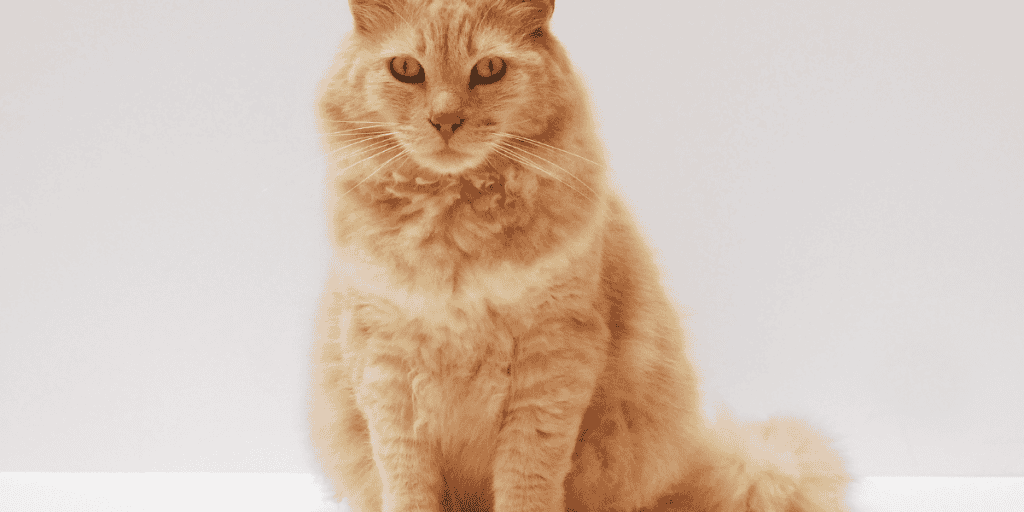
Handling tips:
- Respect boundaries: Let these cats come to you. Don’t force interactions.
- Provide high perches: These cats often like to observe from above.
- Use slow blinks: This is a cat’s way of saying “I trust you”. Try it, and they might warm up to you faster.
The Curious Climber
These cats love to explore every nook and cranny of their environment. They’re often found in high places or investigating new objects.
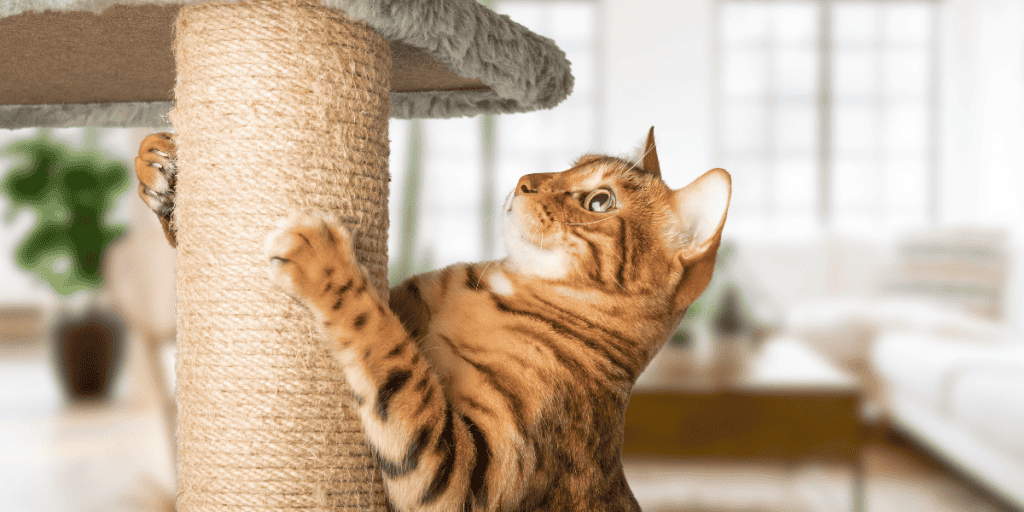
Handling tips:
- Ensure safety: Cat-proof the area as much as possible. Remove or secure any fragile items.
- Provide climbing options: Cat trees, shelves, or window perches can keep them entertained.
- Rotate toys: Introduce new toys or swap them out regularly to keep things interesting.
The Lap Warmer
These affectionate cats love nothing more than cuddling up with their favourite humans. They’re often vocal about wanting attention.
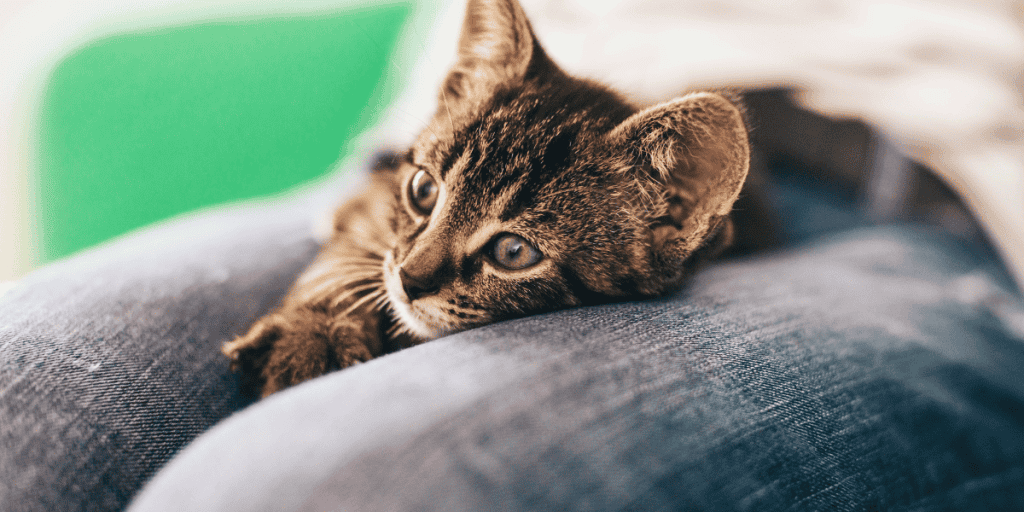
Handling tips:
- Schedule cuddle time: These cats thrive on regular affection. Set aside time for snuggles.
- Provide cosy spots: Soft blankets or cat beds in warm areas are perfect for these snuggle bugs.
- Be mindful of overstimulation: Even cuddly cats can have enough. Watch for signs like tail twitching or ears flattening.
The Chatty Cathy
These vocal cats have a lot to say and aren’t shy about letting you know what they want.

Handling tips:
- Learn their language: Different meows often mean different things. Pay attention and you’ll start to understand what they’re saying.
- Respond to them: These cats often just want acknowledgment. A simple reply can satisfy them.
- Check their needs: Sometimes excessive vocalization can indicate hunger, thirst, or a dirty litter box.
Cats can have complex personalities that don’t fit neatly into one category. Observe, be patient, and respect each cat’s individual quirks and preferences.
Always ask the owners about their cat’s specific personality traits and care needs.
Small Pet Personalities: From Rabbits to Hamsters
While dogs and cats often steal the spotlight, small pets like rabbits, guinea pigs, and hamsters have their own unique personalities that are just as important to understand.
Here’s a guide to help you care for these pint-sized pals:
The Skittish Prey Animal
Many small pets, especially rabbits and guinea pigs, have strong prey instincts. They can be easily startled and may take time to warm up to new people.
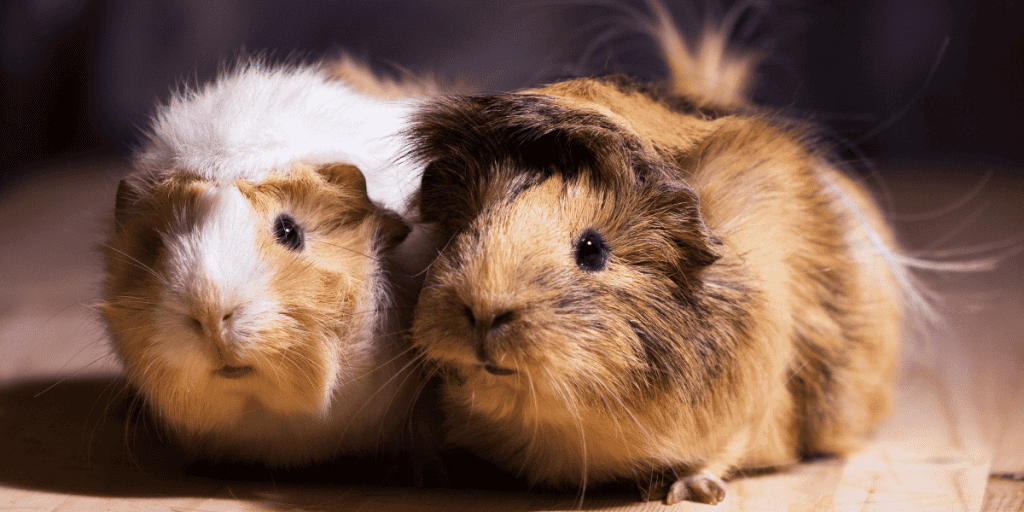
Handling tips:
- Move slowly: Sudden movements can be scary for these little ones. Always approach calmly and quietly.
- Offer treats: Use their favourite snacks to build positive associations with your presence.
- Provide hiding spots: Make sure they have safe places to retreat to when they feel overwhelmed.
The Pocket-Sized Explorer
Some small pets, particularly hamsters and gerbils, are naturally curious and love to investigate their surroundings.

Handling tips:
- Ensure a secure environment: These little escape artists can squeeze through tiny gaps, so check their enclosure carefully.
- Supervise playtime: If you let them out to explore, keep a close eye to prevent any mishaps.
- Provide enrichment: Offer tubes, tunnels, and safe toys to satisfy their curiosity.
The Nocturnal Nibbler
Many small pets, like hamsters and some gerbils, are naturally more active at night.
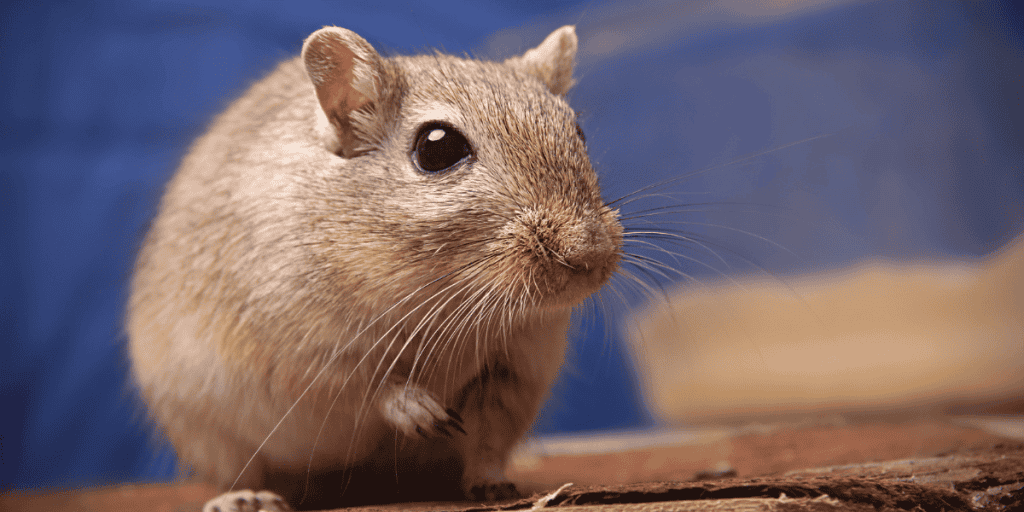
Handling tips:
- Respect their schedule: Avoid disturbing them during their sleep time (usually daytime).
- Provide quiet toys: Offer silent wheels and chew toys for nighttime activity.
- Use dim lighting: When you need to check on them at night, use soft lighting to avoid startling them.
The Social Butterfly
Some small pets, like guinea pigs and many rabbits, are highly social and thrive on interaction.
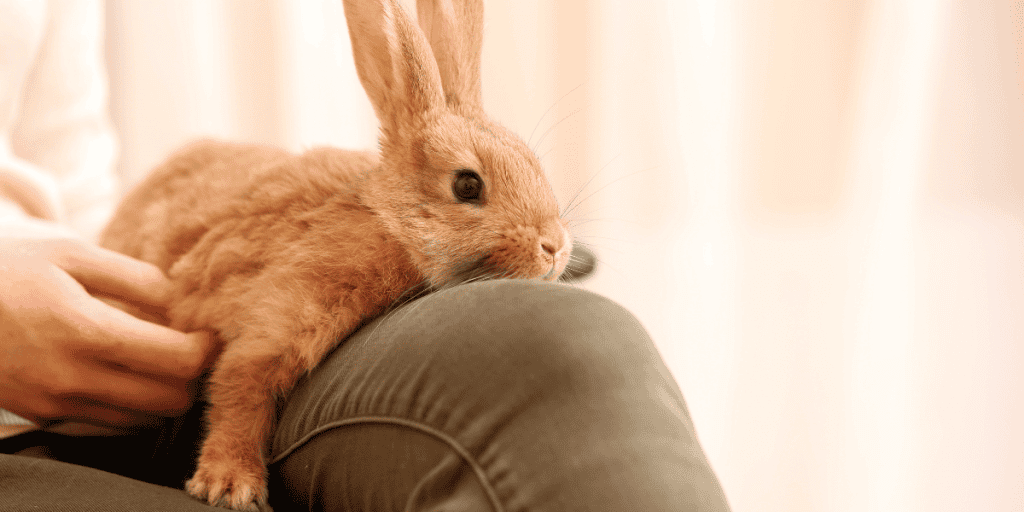
Handling tips:
- Spend quality time: Set aside time each day for interaction, even if it’s just sitting quietly near their enclosure.
- Learn their language: Guinea pigs, for example, have a range of vocalisations that can indicate their mood.
- Consider their social needs: Many of these pets do best with companions of their own species, so always ask owners about their specific situation.
Remember, while these categories can be helpful, every animal is an individual. Always get specific care instructions from the owners, including details about their pet’s unique personality and preferences.
Adapting Your Approach to Different Personalities
As a pet sitter, your ability to adapt to different pet personalities will help you provide the best care. Here’s how you can tailor your approach to suit various furry (and not-so-furry) friends:
Adjusting Your Energy Levels
Matching your energy to the pet’s can make a world of difference in how they respond to you.
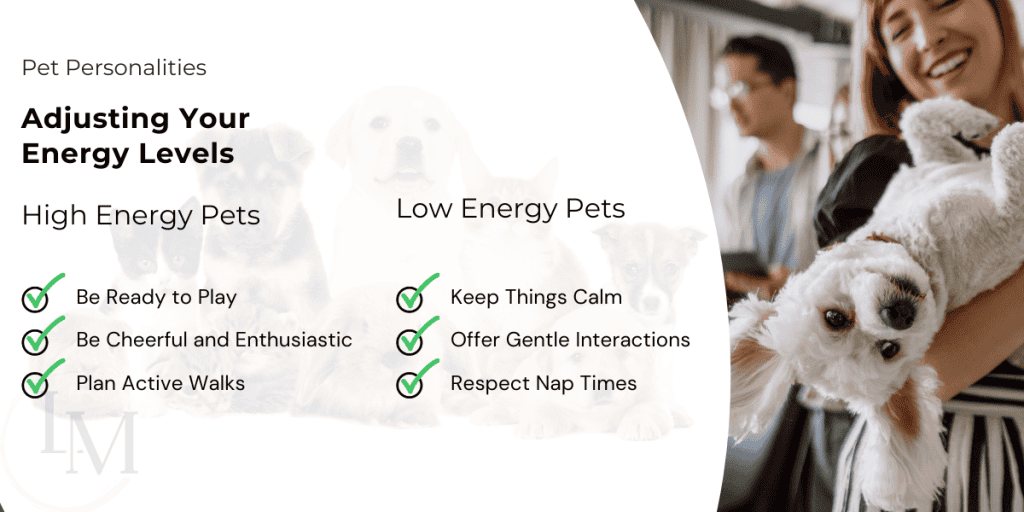
High-energy pets:
- Be prepared for action: Bring toys and be ready for lots of play.
- Use upbeat tones: Speak in a cheerful, enthusiastic voice.
- Plan active sessions: Schedule longer walks or play periods.
Low-energy pets:
- Keep things calm: Use slow movements and a soothing voice.
- Offer gentle interactions: Think soft pets and quiet companionship.
- Respect nap times: Let sleeping pets lie, as they say.
Customising Playtime Activities
Every pet has their preferences when it comes to play.
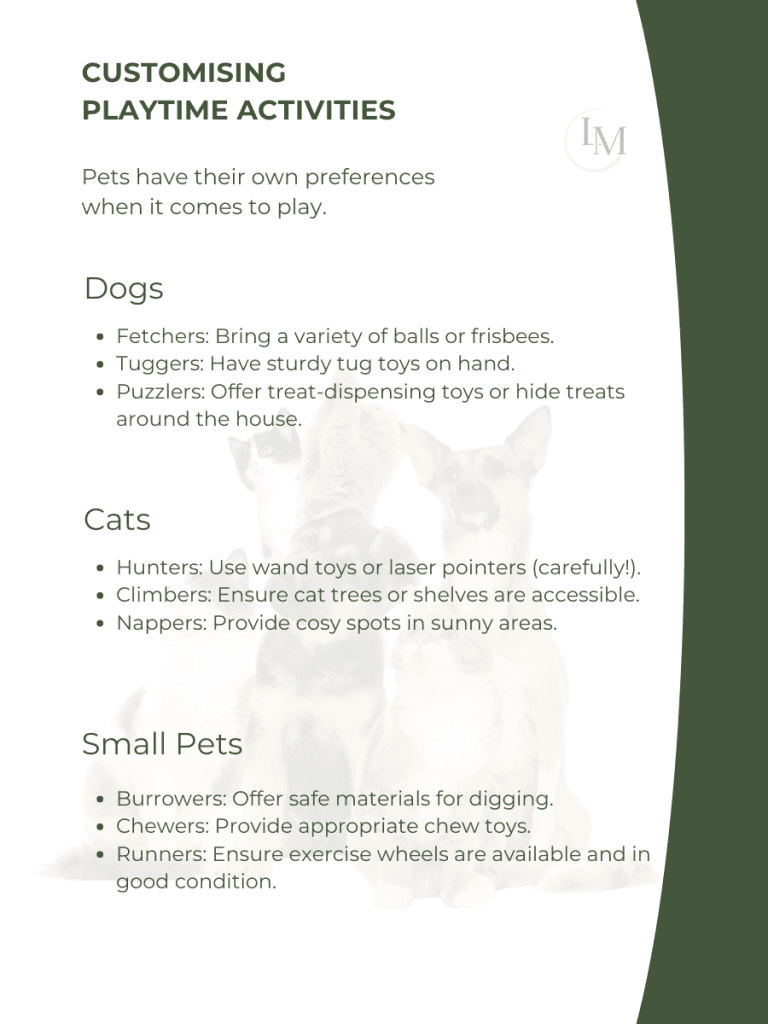
Dogs:
- Fetchers: Bring a variety of balls or frisbees.
- Tuggers: Have sturdy tug toys on hand.
- Puzzlers: Offer treat-dispensing toys or hide treats around the house.
Cats:
- Hunters: Use wand toys or laser pointers (carefully!).
- Climbers: Ensure cat trees or shelves are accessible.
- Nappers: Provide cosy spots in sunny areas.
Small pets:
- Burrowers: Offer safe materials for digging.
- Chewers: Provide appropriate chew toys.
- Runners: Ensure exercise wheels are available and in good condition.
Modifying Feeding Routines
Feeding time isn’t one-size-fits-all.
Here’s how to adapt:
Eager eaters:
- Use slow-feed bowls: This prevents gulping and potential bloat.
- Divide meals: Split their daily portion into smaller, more frequent meals.
- Incorporate food toys: Make mealtime a fun, engaging activity.
Picky eaters:
- Stick to schedules: Consistency can help stimulate appetite.
- Warm up food: This can make it more appealing, especially for cats.
- Hand feeding: Some pets prefer to eat from your hand, at least initially.
Creating Personality-Specific Comfort Zones
Every pet needs a space where they feel safe and comfortable.

Anxious pets:
- Set up a quiet area: Use a spare room or a corner with their bed and favourite toys.
- Use calming aids: Consider pheromone diffusers or calming music.
- Maintain routines: Stick as closely as possible to their normal schedule.
Social butterflies:
- Provide window views: Let them watch the world go by.
- Use interactive toys: Toys that respond to their actions can provide companionship.
- Consider pet TV: Some pets enjoy watching videos made for animals.
Independent souls:
- Respect their space: Ensure they have areas where they can be undisturbed.
- Offer choices: Set up multiple resting spots so they can choose their preferred location.
- Use food puzzles: These can provide mental stimulation without requiring direct interaction.
The key to adapting your approach is observation and flexibility. What works for one pet might not work for another, even within the same species.
Always start with the owner’s instructions, then be prepared to adjust based on the pet’s responses.
Handling Challenging Pet Personalities
Even the most experienced pet sitters encounter challenging personalities from time to time.
Here’s how to handle some common challenging behaviors:
The Escape Artist: Ensuring a Secure Environment
Some pets are masters at finding ways to escape. Here’s how to keep them safe:

Preventive measures:
- Double-check all exits: This includes windows, pet doors, and any small openings.
- Use secure leashes and harnesses: For dogs that might slip their collar.
- Create a ‘safety zone’: A secure room or area where the pet can stay when you need to enter or exit.
If an escape happens:
- Stay calm: Chasing can make the pet run further.
- Use familiar sounds: Shake a treat bag or use their favorite toy to lure them back.
- Have a current photo: Ask the owner for a recent picture in case you need to search.
The Picky Eater: Encouraging Healthy Eating Habits
When a pet won’t eat, it can be very stressful.
Here are some strategies to help:
Encouraging appetite:
- Stick to routines: Feed at the same times the pet is used to.
- Warm up the food: This can make it more appealing, especially for cats.
- Use food toppers: With the owner’s permission, try adding a spoonful of wet food or low-sodium broth to dry food.
When to worry:
- If the pet refuses food for more than 24 hours
- If there are other symptoms like lethargy or vomiting
- Always contact the owner if you’re concerned about a pet’s eating habits
The Separation Anxiety Sufferer: Soothing Techniques
Pets with separation anxiety can be destructive and distressed.
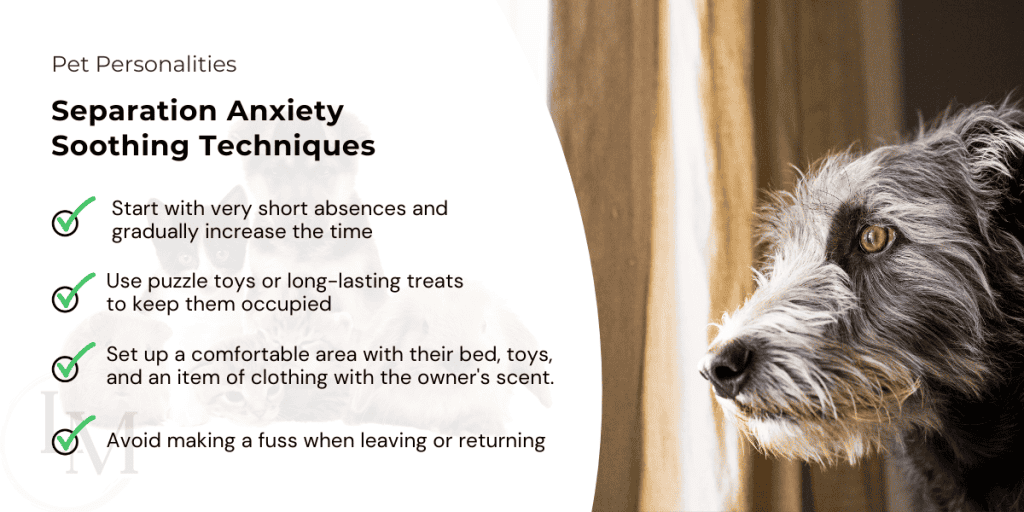
Here’s how to help:
Calming strategies:
- Gradual departures: Start with very short absences and gradually increase the time.
- Provide distractions: Use puzzle toys or long-lasting treats to keep them occupied.
- Create a safe space: Set up a comfortable area with their bed, toys, and an item of clothing with the owner’s scent.
Things to avoid:
- Don’t make a big fuss when leaving or returning.
- Avoid punishing the pet for anxiety-related behaviors.
Every challenging behavior has a reason behind it. It might be fear, past experiences, or even a medical issue. Always communicate with the pet’s owner about any difficulties you’re experiencing. They might have insights or techniques that have worked in the past.
If you ever feel unsafe or unable to manage a pet’s behavior, don’t hesitate to reach out to the owner or a professional for help. Your safety and the pet’s wellbeing should always be the top priority.
Conclusion: Mastering the Art of Pet Personality Management
While I’ve aimed to give you an overview of the different pet personalities you’re likely to come across as a pet sitter, it’s important to remember that every pet you meet will have their own traits, preferences and quirks.
Here’s a recap of the key takeaways:
- Understanding pet personalities: Every pet, from the tiniest hamster to the largest dog, has a unique personality.
- Body language speaks volumes: Learning to read pet body language will help you anticipate needs, avoid conflicts, and build stronger bonds with the pets in your care.
- Flexibility is your friend: The ability to adapt your approach based on each pet’s personality can make the difference between a good pet sitting experience and a great one.
- First impressions matter: Building a rapport with new pet clients sets the tone for your entire relationship. Take the time to observe, ask questions, and let the pet set the pace.
- Challenges are opportunities: Even the most difficult pet behaviors can be managed with the right approach.
It takes time to build and understanding of the huge variety of pet personalities you might come across, but that’s ok. Every interaction you have with a pet will boost your internal library of pet traits and preferences for you to draw on for your next encounter.

